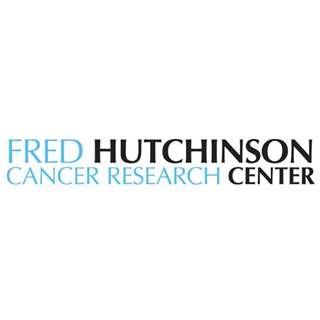
According to John Pagel, older patients i.e. over age 50 with active, advanced leukemia and myelodysplastic syndrome could possibly pose the most difficult treatment challenges as standard transplant therapy hardly ever functions. Both standard and low-dose therapies are noted to have been used to destroy leukemia cells in the bloodstream in order to prepare a transplant which usually requires patients to be in remission. Low-dose therapies are also sometimes known as a ‘mini transplant’ and this process was pioneered at the Hutchinson Center.
During the research, the patients were observed to have come from all over the world to participate in the Phase 1 clinical trial. In this trial, many patients seem to be suffering from active relapsed disease that in many cases had failed to respond to standard therapies. Moreover, eighty-six percent of the 58 patients appear to have active disease. Also, merely 10 percent were believed to be in remission when therapy was begun and their cancers had failed previous treatment attempts.
“These were people who had extremely advanced high-risk disease, they were typically older – most of them were in their 60s and some were in their 70s – and had few or no other options for a potential cure. In fact most, if not all, would not been offered a stem cell transplant here or elsewhere. It is fair to say that these patients would likely have died without a transplant being performed if they had not been given the opportunity to participate in this study,†says chief investigator and corresponding researcher John Pagel, M.D., Ph.D, a transplant oncologist and assistant member of the Hutchinson Center’s Clinical Research Division.
In order to find the optimal dose of radiation, researchers were observed to have begun at 12 Gy and raised the quantities in additions of 2 Gy up to a Gy of 26. Gy also called as Gray is a unit of measurement of absorbed radiation dose. At that dose, the researchers were believed to have found some toxicity to the heart and lungs. Thus, they concluded 24 Gy to be the maximum effective dosage. Also, the 21 patients who received the maximum radiation dose seem to have lived the longest.
The researchers were of the opinion that key to success in this research was use of a radiolabeled antibody that has therapeutic iodine 131 attached. Additionally, it may have been intended to target leukemic bloods cells that carry a marker on the surface of the cell known as CD45. Its use in delivering targeted amounts of radiation seems to have been developed several years ago at the Hutchinson Center.
Furthermore, when delivered intravenously, the radiation is known to examine for the CD45 antigen receptor on the surface of blood cells. This approach could perhaps have resulted in a two- to four-fold increase in the amount of radiation.
Apparently, this raised amount of radiation reaches cancerous cells in contrast to standard external beam radiation, which also radiates normal surrounding organs and tissue. If excess radiation can be applied, then more cancer cells will perhaps be killed in preparation for donor stem cells to capture the diseased immune system and kill off the remaining cancer cells.
The findings of the research revealed that all fifty-eight patients, with a median age of 63 and all with advanced acute myeloid leukemia seem to have seen their blood cancers go into remission via a new combination of low-intensity chemotherapy. Also, this novel combination supposedly targeted radiation delivery by an antibody and a stem-cell transplant. This advanced acute myeloid leukemia is also called as high-risk myelodysplastic syndrome which is a pre-leukemic condition.
Besides, they found that forty percent of the patients appear to have been alive a year after treatment. In addition, nearly 35 percent were noted to have survived three years. This percent seems to be similar to patients who received alike treatment but whose disease was already in remission and who had much more favorable odds for relapse when therapy began.
Pagel said that further research appears to be required in order to test more patients at the highest radiation dose both at the Hutchinson Center and at other transplant centers across the country.
The researchers claimed that the purpose of this research was to discover the highest dose of radiation that patients can tolerate with suitable toxic side effects and not to assess how effective the latest treatment was. However, the findings seem to be very encouraging and demand them to investigate it further for patients who really have no significant other therapeutic options.
The findings of the research have been published in the journal, Blood.
